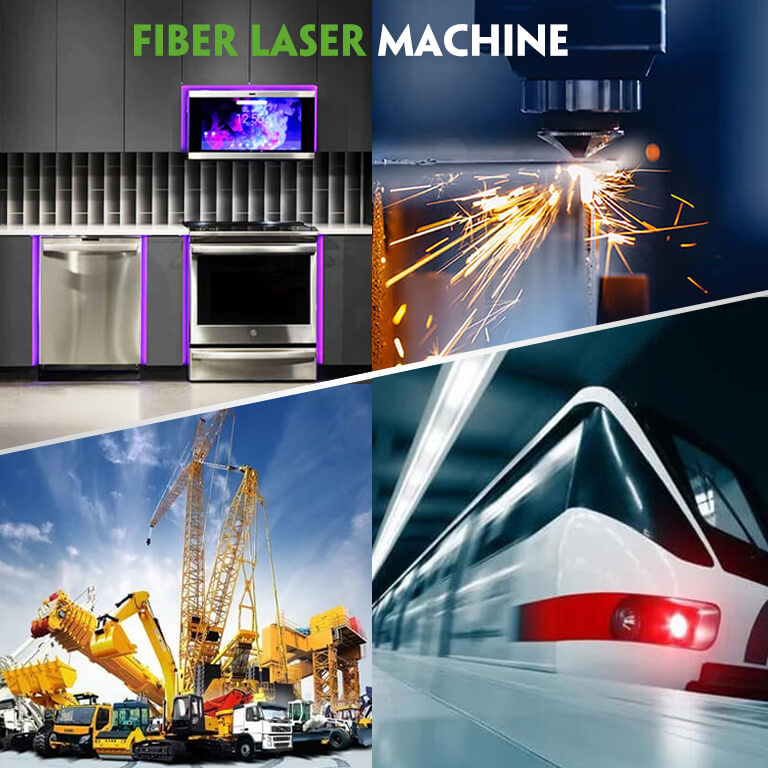TIME:04-02 2014
Precision metal 2000w laser cutting machining is an essential part of laser manufacturing. It has evolved from early solid-state nanosecond green/ultraviolet lasers to picosecond and femtosecond lasers, and now ultrafast lasers are mainstream. What will be the future development trend of ultra-fast precision metal laser cutting machining? The way out for ultrafast lasers is to increase power and develop more application scenarios.
Precision metal laser cutting machining is an essential part of laser manufacturing. It has evolved from early solid-state nanosecond green/ultraviolet lasers to picosecond and femtosecond lasers, and now ultrafast lasers are mainstream. What will be the future development trend of ultrafast precision metal laser cutting machining?

Ultrafast lasers were the first to follow the route of solid-state laser technology. Solid-state lasers have high output power, high stability, and good controllability. They are a continuation of the improvement of nanosecond/sub-nanosecond solid-state lasers, so picosecond to femtosecond solid-state lasers are replacing nanosecond solid-state lasers. Fiber lasers are popular, ultrafast lasers have also progressed in the direction of fiber lasers, and picosecond/femtosecond fiber lasers have emerged rapidly, competing with solid state ultrafast lasers.
An important feature of ultrafast lasers is their upscaling from infrared to ultraviolet. Infrared picosecond laser processing glass cutting and drilling, ceramic coasters, wafer cutting, etc. works almost perfectly. However, under the blessing of ultra-short pulses, ultraviolet light can achieve extreme "cold processing", and punching and punching and cutting on the material achieve perfect processing, almost no burn marks.
The technological expansion trend of the ultra-short pulse laser is to increase the power, from 3 watts and 5 watts in the early days to the current level of 100 watts. Precision carbon steel metal laser cutting machining on the market today generally uses 20 watts to 50 watts of power. And a German institution has begun to tackle the problem of kilowatt-level ultrafast lasers. S&A ultrafast laser cooler series can meet the cooling needs of most ultrafast lasers in the market and enrich the S&A cooler product line according to market changes.
Influenced by factors such as COVID-19 and an uncertain economic environment, demand for consumer electronics such as watches and tablets will be sluggish in 2022, and demand for ultrafast lasers in PCB (printed circuit board), display panels and LEDs will decline. . Only circle and chip areas were driven and ultrafast laser precision metal laser cutting machining encountered growth problems.
The way out for ultrafast lasers is to increase power and develop more application scenarios. Hundred-watt picoseconds will become the standard in the future. High repetition rate and high pulse energy lasers enable greater processing capabilities, such as cutting and drilling glass up to 8 mm thick. The UV picosecond laser has almost no thermal stress and is suitable for processing highly sensitive materials such as cutting stents and other highly sensitive medical products.
Electronic product assembly and manufacturing, aerospace, biomedical, semiconductor wafer and other industries will have a large number of precision metal brass plate laser cutting machining requirements for parts, and non-contact laser metal laser cutting machining will be the best choice. When the economic environment improves, the application of ultrafast lasers will inevitably return to a high growth path.